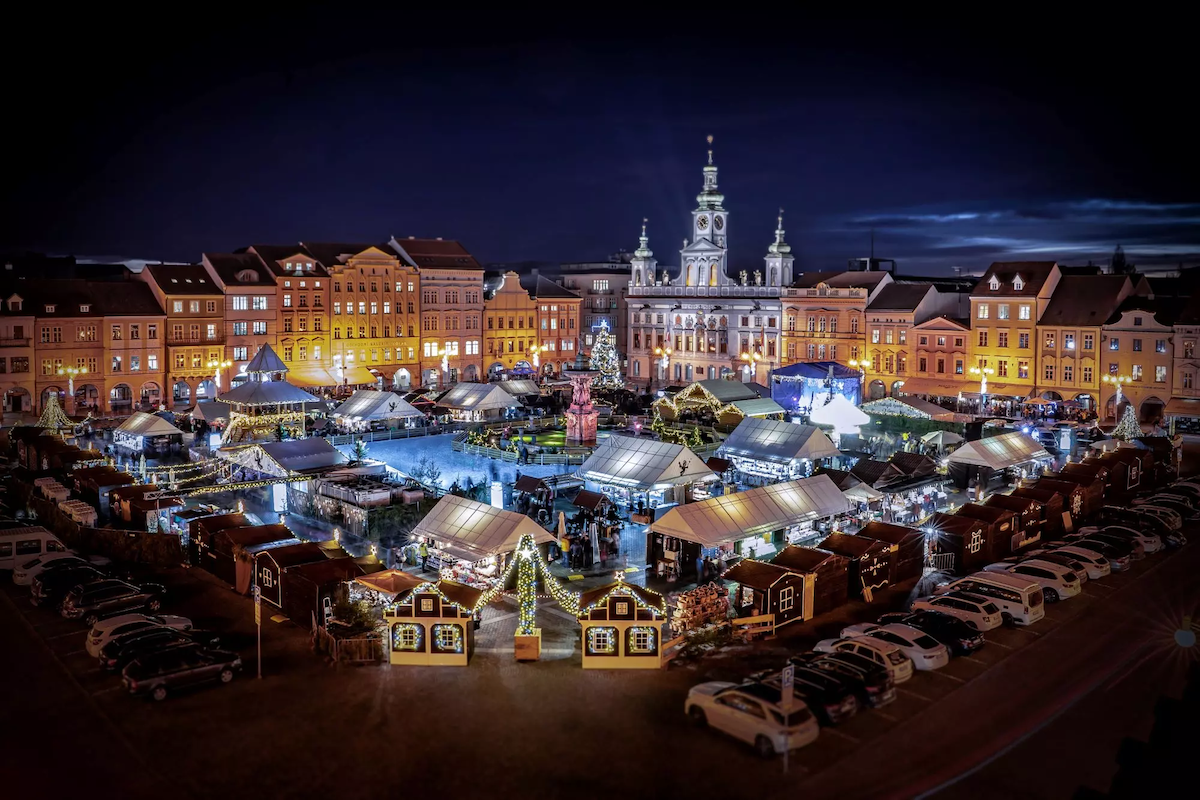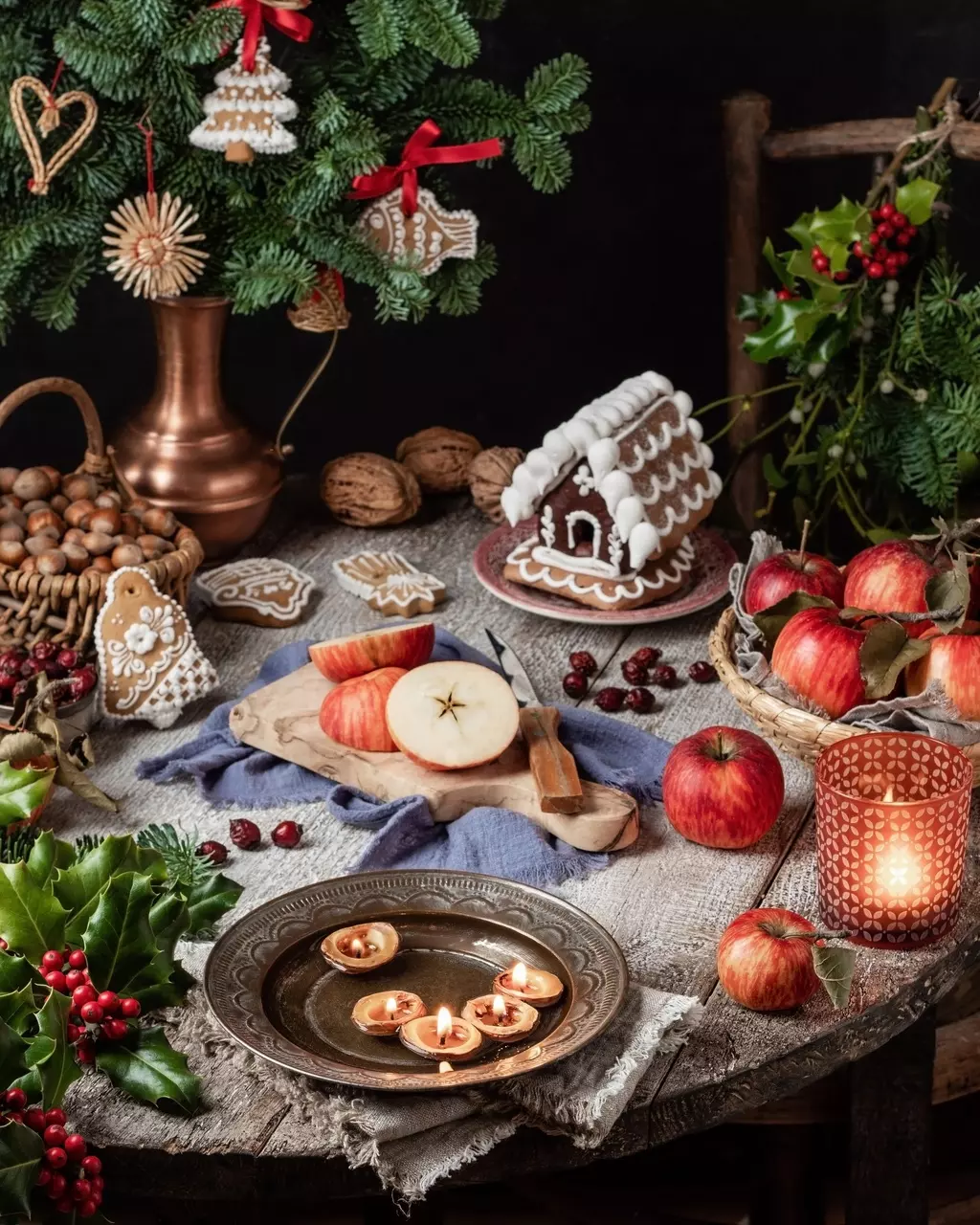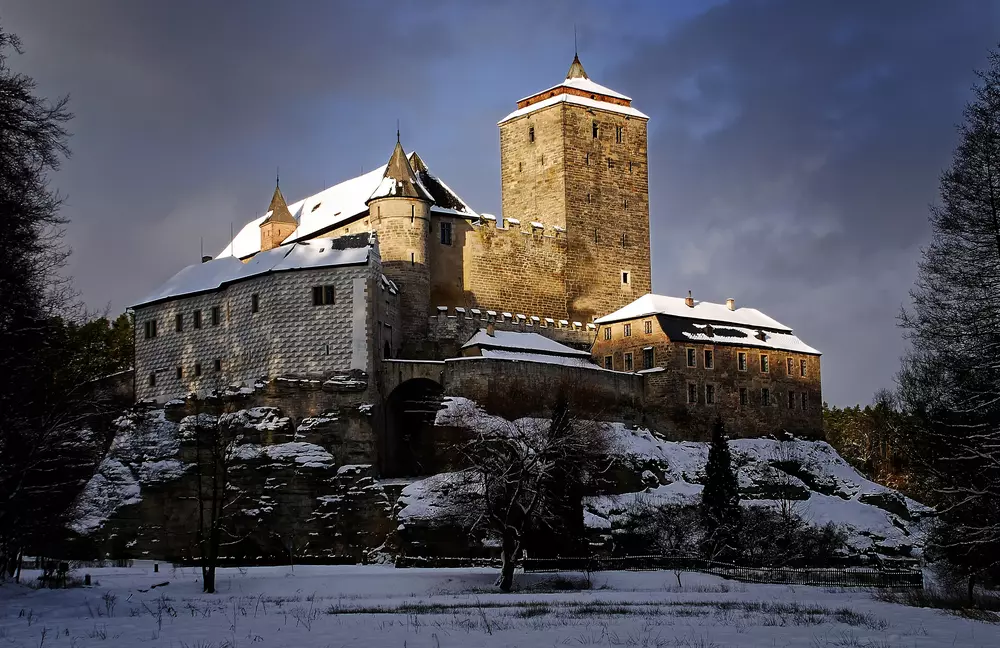
One of the popular forms of travel is visiting places associated with important personalities. These include architects, musicians, painters, and other artists. That is, people who created a unique work, attract tourists from different corners of the world. The Czech Republic has a whole range of such magnetically attractive personalities and attractions. For example, the architect Jan Blažej Santini-Aichel, who died 300 years ago. Vysočina is significantly connected with Santini, in the region you can visit many buildings designed by this phenomenal creator.
When traveling to Santini, the Church of St. Jan Nepomucký in Žďár nad Sázavou. It is a place that represents the pinnacle of Santini’s work and is inscribed on the UNESCO World Heritage List. The “Green Mountain”, as the Baroque Gothic jewel is also called, is characterized by a unique, perfectly thought-out geometry and mystical symbolism in the form of stars and numbers, most often five and ten. The unmistakable spiral tower and unique floor plan attracted the attention of the whole world, and the church thus became an icon of the Vysočina region.

“Vysočina has the most municipalities with less than a thousand inhabitants in the Czech Republic. The population density is not too high, and the area is thus very much connected to the land, regional products, and services, and can therefore appeal to rural tourism and agritourism, which is so popular in Austria, for example,” says František Reismüller, director of the Czech Tourism Office – CzechTourism, adding: “Large distances between the villages of the region provide a specific atmosphere that has inspired a number of personalities. For example, the architect Jan Blažej Santini-Aichel. The works he designed were often created as church buildings, which is also typical for the Highlands. This is also why this region was depicted as an ‘Unexpected home office’ in the form of a monastery library in our main Unexpected Traditions campaign this year. The good news is that last year the region between Bohemia and Moravia was visited by the highest number of tourists in the last ten years, namely almost 643 thousand. Residents predominated, numbering more than 573,000, while almost 70,000 foreign guests arrived. Together with the region and local entities, we are working to sensibly increase the number of bona fide travelers in the Highlands and spread tourism in the spirit of much-needed sustainability.”
Since this year, Vysočina has had a holiday in the countryside as a priority theme for tourism. There are a number of picturesque rural buildings, cottages, and farms in the region, where you can not only stay but also taste unique experiences associated with the countryside, nature, and the region. Whether it’s contact with animals or, for example, tasting local specialties. The region is also home to unique monuments listed on the UNESCO World Heritage List.
“Pilgrimage Church of St. John of Nepomuck in Žďár nad Sázavou, the basilica of St. Prokop and the Jewish quarter with the synagogue and cemetery in Třebíč and the historical core with the castle in Telč are our UNESCO monuments. Vysočina can therefore be proud of having the most of them in the whole of the Czech Republic. In general, we are a region extremely rich in monuments, in our region there are 2,966 immovable cultural monuments, 16 national cultural monuments, 3 urban and 3 village conservation reserves, 22 urban and 5 village conservation zones and 1 landscape conservation zone,” says the director of Vysočina Tourism Oľga Königová and adds: “This is not the only reason we attract tourists, since this year we have been emphasizing rural tourism, and not only in the context of the Holidays in the Countryside project. Related to this are regional products, including local gastronomy, drinks from local breweries and original buildings in small villages or completely isolated. At the same time, we do not forget about places that offer tourists complete services and a variety of diverse experiences. Among them is, for example, Žďár nad Sázavou Castle.”

Žďár nad Sázavou Castle was created from a Cistercian monastery from the 13th century. Among other things, travelers can visit the interactive Museum of the New Generation or follow in the footsteps of Santini. The central building is the Minor Basilica of the Assumption of the Virgin Mary.
“During the tour in the footsteps of Santini, visitors can see the Konventní rybník embankment, the monastery convent, the Basilica of the Assumption of the Virgin Mary and St. Mikuláš, an abbot’s apartment with a library, baroque stables or the oval hall of the prelature. The convention building, in which, among other things, we organize concerts and a dance residency, should open in 2025 after a general reconstruction as an International Creative Center, which will become the Vysočina Region’s center for the development of cultural and artistic activities. We have big plans ahead of us and we believe that by supporting cultural activities we will contribute to the development of the entire region, which is our considerable goal,” says the owner of Ždár nad Sázavou Castle, Constantine Kinský.
Currently, places associated with Santini and a number of other tourist attractions in Vysočina can be enjoyed in the context of Advent and the upcoming holidays. Not only the corners of the Ždár castle are made up of magical backdrops, and thanks to the unique combination of history and architecture, visitors can stop for a while and immerse themselves in the Christmas atmosphere.

